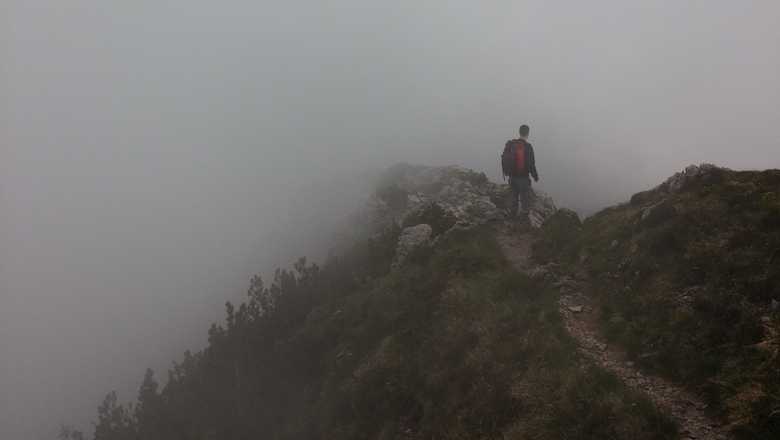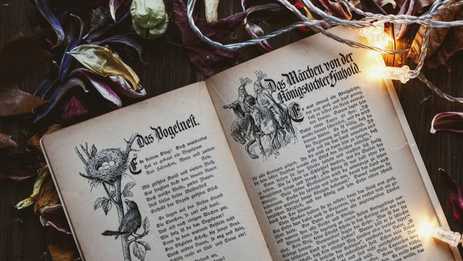The hero’s journey is a story structure identified by the American writer and scholar of mythology Joseph Campbell. And it can be a really great framework for novel writing.
In his 1949 book The Hero With a Thousand Faces, Campbell claimed that the hero’s journey is the natural basis of all stories – be they jokes, fairy tales, folklore or myths. He coined the term ‘monomyth’ after noticing that the vast majority of stories told over the ages and across continents followed the same overarching structure and contained the same types of characters.
The concept of a rising hero is a popular one because it inspires us to think about our own potential.
The Writer’s Journey by Christopher Vogler, first published in 1992, made Campbell’s ideas more accessible for modern-day writers and his book is considered essential reading by many. This blog post is largely informed by Vogler’s book.
Is the hero’s journey really the basis of all stories?
No, it’s not. After all, not every protagonist of every novel is heroic or has a positive character arc. Sometimes characters don’t change at all and it’s the world around them that changes; sometimes characters are anti-heroes or follow a negative character arc. These types of stories don’t neatly follow the hero’s journey. And some novels flout conventional structure altogether in the name of literary experimentation.
However, the hero’s journey is one of the least painful ways of structuring a novel I’ve come across. And if you believe Campbell and Vogler, it results in a structure with universal appeal.
It’s also pretty handy when your story has lost its way and you can’t figure out what’s wrong. Once you’ve got the hang of the journey’s steps, you’ll be better equipped to identify which story elements are missing, or those that pop up in the wrong place.
Not only that, but film-makers love the hero’s journey. If you want to write a screen-ready novel, it’s a good idea to make the hero’s journey work for you.
How to write the hero’s journey
First, create your hero
Forget all about the traditional implications of the word ‘hero’ and let your imagination run riot. Your hero certainly needn’t be male, and they needn’t be conventionally heroic, but they must inspire interest and sympathy in your readers. This means giving them at least some redeeming or intriguing traits.
Next, give them a goal
Here’s an important point: first and foremost, stories exist on a literal level. This means you need to design the fundamental arc of your story as soon as possible. The best way to do this is to send your hero on a real quest for a tangible goal. If you don’t have a specific finishing point in mind, you haven’t defined your hero’s quest clearly enough.
Then, set out the four quadrants of the story cycle
Take a bird’s-eye view of the hero’s journey and you’ll see that it divides into what Campbell and Vogler call four movements. I’ve found that these map quite nicely onto the three-act structure (by merging the middle two quadrants to make up the second act).
- Call to adventure – the hero is pushed out of their ordinary world. Sometimes they embark on their adventure freely, but more often they’re ripped from normality by events. The Bone Clocks by David Mitchell contains a vivid example of this, with its heroine, Holly Sykes, forced to leave her family and friends to protect them from the battle she’s been drawn into.
- Initiation – the hero crosses the threshold. Often with the help of a mentor character (think Gandalf in Lord of the Rings or Hagrid in the Harry Potter series), the hero leaves their ordinary world behind and starts facing the challenges this brings.
- Transformation – the hero faces challenges and gains their reward. The challenges the hero faces ramp up a gear, and they don’t necessarily defeat them all. At one point, the hero faces the ‘ordeal’, which tests them to their limits. Once they overcome the ordeal, they receive their reward. Katniss and Peeta in The Hunger Games defeat the system and are rewarded with their lives.
- Return – the hero returns to their old world, permanently changed by everything they’ve experienced. Without committing spoilerism, I’d say that a classic return ending comes at the end of Stephen King’s alternative history novel 11/22/63. It’s worth pointing out, though, that the return doesn’t always happen, especially in tragic endings or in more literary novels.
If this quick introduction to the hero’s journey sounds appealing, I’d recommend doing a deeper dive by reading The Writer’s Journey. Who knows, you may even feel inspired enough to go right to the source and experience Joseph Campbell first hand.
While I’m not sure his structure has quite the universal appeal claimed for it, I do feel that the hero’s journey structure a useful tool for authors.





